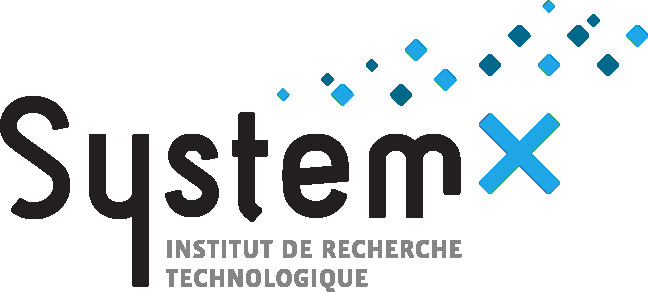Fast iron losses model of stator taking into account the flux weakening mode for the optimal sizing of high speed permanent internal magnet synchronous machine
Résumé
The optimal design of electrical machines is an important issue in automotive industry in order to reduce cost and volume of
the actuator and improve its performances. In this context, the use of compact machines with high power density is preferred and
consequently high speed machines where field weakening is required. In addition, a really optimal design requires to dispose
sufficiently accurate models of main physical phenomena involved in electromechanical conversion. This models need to be
sufficiently fast in order to be suitable with optimization process. An important limitation in the use of internal permanent magnet
synchronous machine with distributed windings is temperatures insides the machine especially in the windings and thus the internal
losses. At high speed with field weakening operation, iron losses, sensitive to flux densities variation in iron, could be really high
because of the high electrical frequency linked to rotor speed and sharp variation of flux density waveforms inside the iron in stator
due to the field weakening operation. This study, for the electric machine design, is based on the first harmonic hypothesis, i.e.,
without harmonic currents. An original and mathematical model has been developed and provides fast and accurate estimation of
iron losses particularly in field weakening operation even with machine supplied by sinusoidal currents as described in this paper.
It uses a polynomial form of iron losses in function of fundamental electrical frequency and take into account the flux density
waveforms in yoke and teeth by use of nonlinear iron coefficients linked to id–iq currents. This paper will present the complete
method calculating the iron coefficients from a nonlinear magnetic nodal network of the machine. A detailed study of local flux
density waveform and harmonic content in yoke and teeth will be provided for two particular operating points: at maximal power
without field weakening and at maximal power at maximal speed. These two points require accurate estimation in an optimal design
of electrical machine. In addition, the local iron coefficients in teeth and yoke per volume unit will be provided in order to study
the local evolution of iron losses in field weakening operation. It will show that iron losses do not follow the same evolution in the
yoke and the teeth by the fact that the flux density distribution in teeth is more sensitive to the field weakening. An application of this model will be provided for the calculation of iron losses on whole operating space for a specific machine. A comparison will
be provided between the fast model and finite elements approach.

